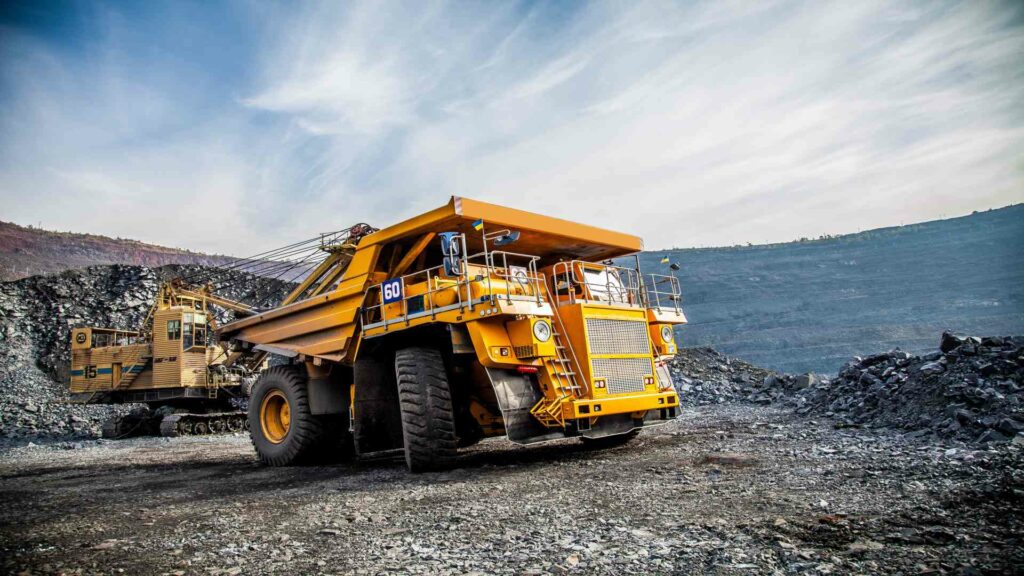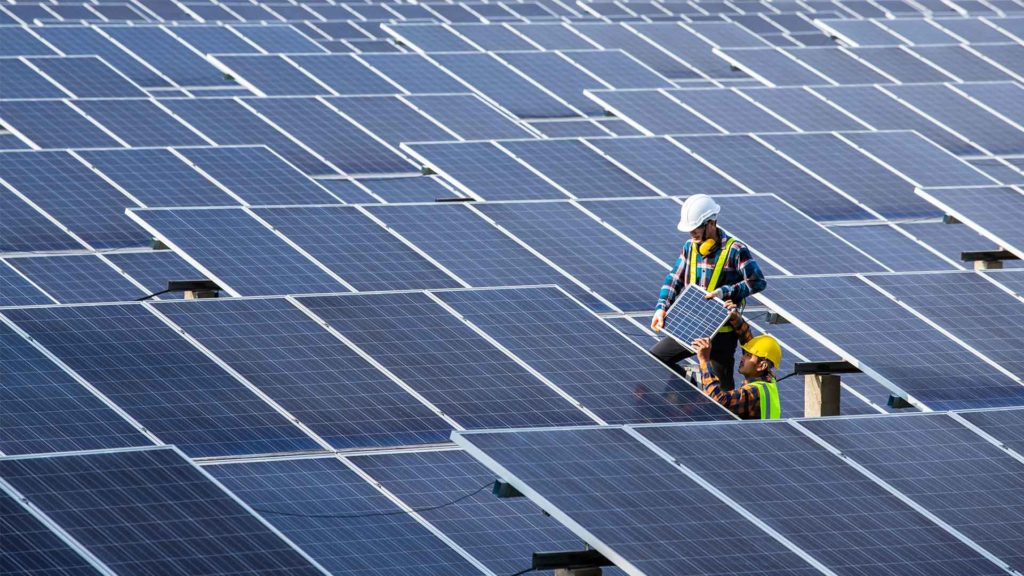FEAM Financial Report
5E Advanced Materials Inc. (NASDAQ: FEAM), the founder of the strategic critical mineral asset Fort Cady in southern California, reported its financial results for the third quarter of the fiscal year 2022, which ended on March 31, 2022.

FEAM
Response of CEO, Mr. Henri Tausch to the Third Quarter 2022 Results
Mr. Henri Tausch, CEO of FEAM is pleased to report an excellent start to the year as the company accomplished Nasdaq public listing and got closer to the mechanical completion of the small-scale boron facility for CQ4 2022. They also signed a non-binding letter of intent with Rose Mill Co. in May 2022 for boron advanced materials, which is a critical component in their quest to enable decarbonization.
Considering the current favorable economic backdrop of growing demand and supply and average boric acid prices rising by more than 50% during CQ1 2022, they are on track to achieve their objectives.
FEAM further believes in expanding its project scope to include boron and lithium, which could become a significant step toward developing a more long-term and less seasonal business.
The team is committed to empowering FEAM and boron awareness and moving towards initial production. They anticipate that initial production will lay the groundwork for future models, technology, and cost optimization for the proposed boron and lithium complex in greater quantities.
Financial Highlights for the Third Quarter of 2022
By the third quarter-end, FEAM had $41.1 million in cash and $38.1 million in working capital. And as it shifts to SSBF construction, project expenditures are reduced by 3.6% yearly, owing to lower drilling activity and environmental permit costs. General and administrative expenses have increased by $29.1 million, primarily as a result of $25.1 million in stock-based remuneration and increased salaries.
The stock-based remuneration was powered by $23.8 million in securities shared with Blue Horizon Advisors, LLC (BHA) as a payout for consulting charges under the Company’s Advisory Agreement. BHA offered advisory services associated with assessing the project, hiring a U.S.-based management team, and providing guidance with the U.S. listing as the NASDAQ: FEAM began to put assets into service, depreciation, and amortization expanded.
Supply Chain Security and Decarbonization
President Biden’s administration declared a supply chain interruptions task force and executive order 14017 in June 2021, emphasizing securing domestic supply for battery systems and continuing to invest in viable domestic and international processing and production of critical materials.
In February 2022, the Administration modified old mining rules and regulations, the federal list of essential minerals, and improved critical mineral stockpiling to enlarge domestic production and supply and reduce dependence on foreign sources.
Executive Order 14051 assigned the responsibility for strategic and critical materials purchase and preservation to the under Secretary of Defense. On March 31, 2022, the President issued the order that allowed using Defense Production Act (DPA) Title III officials to enhance the United States’ industrial base for huge batteries.
The United States relies on untrustworthy foreign sources for many strategic and critical materials required for a clean energy transition. The DPA Title III authorities allow the Department of Defense to conduct actions such as feasibility analysis and modernization projects for knowledgeable mining, beneficiation, and actual worth handling projects to boost productivity, environmental protection, and workforce security.
The Defense Logistics Agency (DLA) is a combat arms agency inside the United States Department of Defense, and the DLA has labeled boron as a mineral of concern.
Apart from boron, FEAM intends to concentrate its efforts on lithium as the role of mineral resource and to advance workstreams to create lithium as a co-product of future growth.
Given the recent designation of the project as Critical Infrastructure by the Department of Homeland Security’s Cybersecurity and Infrastructure Agency, they are well-positioned to contribute to government initiatives aimed at securing domestic supply chains of critical minerals and can play an essential role in expanding applications in clean energy, food security, and defense.
Global Market Update
The COVID-19 pandemic, as well as the conflict between Ukraine and Russia, have put additional strain on an already stressed entire supply chain for boron and lithium. They believe supply constraints will remain because only a few boron projects are presently defined. Demand keeps rising, primarily due to growing needs for electric transportation, food and domestic security, and clean energy.
According to a third-party market analysis of April 2022, this current disparity is expressing itself in enhanced pricing over a variation of boron derivatives, including boric acid, varying prices from $730 to $1,360 per tonne based on volume. The boron market has followed a pricing structure similar to that of lithium, in which customers have performed long-standing volume-based service contracts. If this supply-demand growth continues, future boron contracts will have beneficial pricing terms due to supply constraints, valuation, and inflation.
Project Status
As FEAM continue to work towards the goal of large-scale boron production, they are also assessing the potential for lithium production from the resource base. The current market backdrop is favorable for both critical materials, and they believe lithium resources could provide potential lithium carbonate production.
They are committed to further defining resources and working towards large-scale production of both boron and lithium. These materials are essential for various industries, and they believe that their ability to produce will position them as a leader in the global marketplace focusing on decarbonization.
The SSBF will serve as a model for future large-scale complex construction, technology, and cost optimization. Completing the SSBF successfully is an important step toward obtaining critical information to maximize large-scale complexes’ efficiency, output, and economic profile. As a result, instead of finalizing a bankable feasibility analysis in 2022, the NASDAQ: FEAM hopes to incorporate value analysis and cost structure optimization into the continuing technical and financial evaluation of the proposed large-scale complex.
FEAM has started to move forward with plans for its proposed processing facility, such as defining infrastructure, material stability and process flowcharts, co-generation, integrating a sulfuric acid plant, and developing a priced equipment list for the process plant required for full-scale operations.
Once the large-scale complex starts operations, FEAM plans to have a boric acid development capacity of nearly 250,000 tonnes per year. Furthermore, based on current engineering and industrial design, the Project could generate up to 500,000 tonnes of boric acid annually.
FEAM also aims to supply boron advanced materials. Furthermore, early management estimates the current lithium carbonate manufacturing capacity of several thousand tonnes in a year and expects the ultimate success and implementation of the SSBF to provide additional information, which, if viable, could allow them to be an important participant in the U.S. lithium carbonate market.
Considering the prevailing high lithium prices and the predicted growth of electric vehicles by third-party analysts, management believes that the ability to manufacture a co-product of lithium carbonate could benefit their business.





